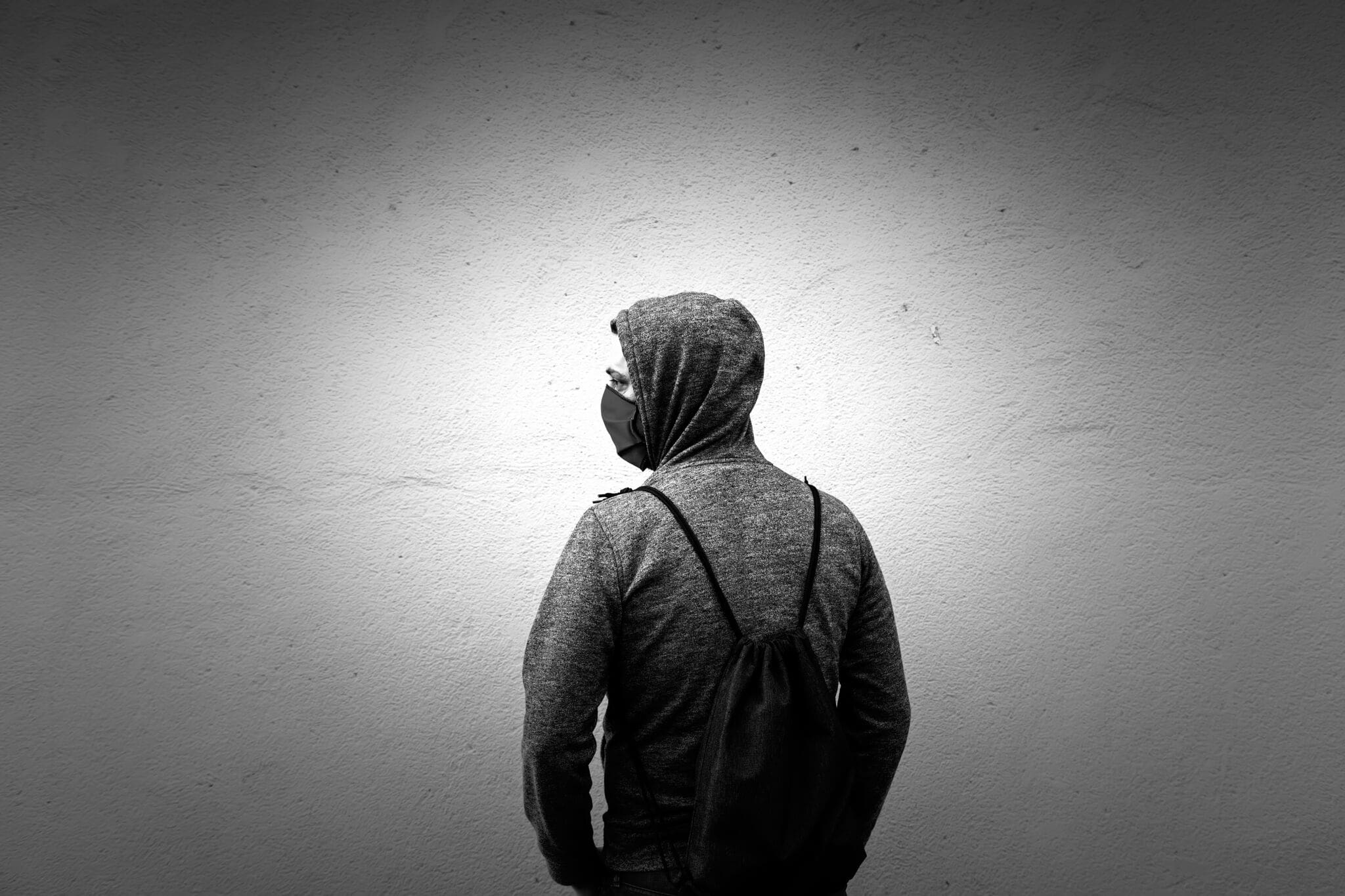In this article
A diverse curriculum is one that is inclusive of the voices, stories and experiences of those who are often marginalised or underrepresented in academia, the arts and wider society. Diversity usually goes hand in hand with the ‘protected characteristics’ as set out in the Equality Act 2010.
When schools adapt their curriculum to reflect the diverse cultures, histories and experiences of their student body, they have been known to improve student engagement and provide a sense of belonging to students from underrepresented groups.
So, does that mean that diverse curriculums are only important in schools with diverse populations? Absolutely not. If students are only exposed to the histories, stories and experiences of people who look like them, think like them and have the same experiences as them, they are less likely to develop vital critical thinking skills. This can leave them vulnerable to developing extreme or binary viewpoints and may leave them susceptible to manipulation and misinformation.
When schools present a rich and varied curriculum, students are encouraged to be more open-minded. Exposure to diverse ideas nurtures a more creative and complex way of thinking and problem solving in young people.
Benefits of a Culturally Inclusive Curriculum
The ways in which a school chooses to deliver its curriculum can have a significant influence on its student body. According to both Ofsted and the Department for Education, schools with a diverse curriculum have been found to be effective in facilitating the achievement of minority ethnic pupils. However, inclusive and diverse curriculums can offer positive outcomes for all students, regardless of their background.
Some of the reasons that a culturally inclusive curriculum is important include:
- A lack of diversity can perpetuate negative stereotypes which can lead to bias and discrimination
- It gives students the opportunity to think critically and develop a more well-rounded view of the world
- It allows exposure to different and/or opposing views, experiences and ideas which can help students to build emotional resilience towards people who think differently to them
- Being diverse and inclusive introduces children to the concept of perspectives and that in some instances there can be more than one truth (both literally and in a more abstract way)

As mentioned in the introduction, when we talk about diversity, we often mean being inclusive of those with protected characteristics as stated in the Equality Act 2010. These protected characteristics are:
- Age
- Race (including colour, nationality, ethnic or national origin)
- Religion or belief
- Sex
- Sexual orientation
- Gender reassignment
- Being married or in a civil partnership
- Pregnancy or maternity
- Disability
People with protected characteristics may be more at risk of being marginalised, discriminated against or bullied. A diverse curriculum can open up important conversations about equality, respect and what it means to be human in today’s society.
There are other ways that someone may feel marginalised that are not outlined in the Equality Act, for example due to their socio-economic background or being from a single-parent family. It is important that diverse curriculums represent a wide range of stories and experiences that extend beyond the nine protected characteristics.
Some of the benefits of having a culturally inclusive curriculum include:
- Students from diverse backgrounds feel seen and represented
- Reduces harmful stereotypes
- Fosters understanding and empathy
- May increase pupil engagement
- May enhance inter-generational respect
- Opens up difficult debates and discussions within a safe, classroom space
When people are not exposed to a range of different perspectives and ideas, they start to live in a kind of echo chamber where they only encounter thoughts and ideas that reflect their own. This can be especially harmful to young minds that are still developing. To combat this, we should be encouraging our young people to ask questions, problem solve and draw their own conclusions – and a diverse curriculum can begin to empower them with the tools to do so.
Strategies for Adapting the Curriculum
A diverse curriculum should aim to promote dialogue and break down the barriers that students face in accessing and engaging with subject matter.
Strategies for adapting the curriculum to reflect diverse cultures and histories:
- Reviewing and revising existing materials
- Integrating diverse perspectives across subjects
- Collaborating with communities
Reviewing and revising existing materials
- Reflective teaching is the act of thinking critically about your own teaching methods and lesson choices. It involves a mix of self-observation and self-evaluation. Reflective teaching methods can help teachers to analyse their practices and use these results to make positive changes.
- Implicit bias (or unconscious bias)is a barrier to diversity and inclusion. Implicit bias is when prejudice or stereotypes affect our thoughts, feelings and behaviours towards a certain group of people. By examining your unconscious biases and addressing them you can create a more inclusive classroom environment. You can learn more about your own bias using an assessment tool such as the Implicit Association Test (IAT).
- Examining and reimagining existing teaching materials and choices through the lens of diversity can help teachers to identify gaps and make more inclusive choices. Key considerations include how far current choices support allyship, whether current diversity choices represent ‘tokenism’ and to what extent the perspectives of people with protected characteristics are already incorporated.
Integrating diverse perspectives across subjects
- Use non-stereotypical or counter-stereotypical language and narratives in the classroom to challenge ideas about gender norms and racial stereotypes. Encourage pupils to look at stereotypes with a critical eye (e.g. Native Americans as drug addicts and domestic violence victims, black youths as gang members, trailer park residents as unintelligent) and discuss the impact of these stereotypes versus alternative representations.
- Encourage collaboration and diversity of thought by allowing students to work together with diverse and mixed groups to share ideas, experiences and perspectives.
- Incorporate diverse voices across a range of subjects by researching contributions made in the relevant field by Black, Asian and Minority Ethnic (BAME) figures, women, those with disabilities or members of the LGBTQ community.
- Present diverse perspectives by avoiding focusing on only one ethnocentric viewpoint on a subject or period in history. This is especially relevant when teaching about sensitive issues such as the slave trade or the historic harm done to Indigenous communities by white settlers, e.g. in America, New Zealand or Australia.
Collaborating with communities
By involving local communities and/or cultural experts in the process of adapting your curriculum you will ensure that the choices you make are authentic and relevant and will resonate with your students.
Collaborating with your wider school community and allowing them to ask questions and give their opinions can help to strengthen relationships and reduce resistance and conflict about curriculum adaptations.

Examples of Inclusive Curriculum Practices
When making curriculum choices it is important to make careful choices and select tools and materials that are:
- Age appropriate
- Engaging
- Interesting
- Relevant
Presenting an inclusive curriculum is not about tokenism, rather it is about making strategic choices that will resonate with your students for all the right reasons.
Let’s think about a well-known figure like the painter Frida Kahlo who could easily be studied as part of an art class, history class or even in an English class. Kahlo is famous all over the world for her artwork, most notably her self-portraits; however, she is also a figure who overcame much diversity in her life. So, aside from the potential to be studied across a range of different subjects, why would Kahlo be such an inclusive choice? Well, it could be argued that Kahlo is the embodiment of overcoming adversity:
- She was a woman, born in 1907 – a period when women were not considered equal and they lacked many of the rights they have today
- She challenged gender norms, refusing to conform to stereotypes, especially around beauty standards
- She was of mixed race of Jewish, Spanish and Mexican descent, born in Mexico
- She was disabled due to contracting polio as a child and later having a serious bus accident. She painted many of her works whilst bedridden
- Due to her chronic pain, infertility and other adverse life events, Kahlo suffered from depression and prolonged periods of mental ill-health that influenced much of her work
Despite all of the odds stacked against her, Kahlo refused to give up. Rather, she embraced her own identity and told her own unique story, arguably becoming one of the most important painters in modern times. She also became an art teacher, encouraging her own students to celebrate a rich and diverse curriculum, teaching lessons about how to look at the world—not just how to go about creating art.
Kahlo’s story mirrors one of the fundamental goals of an inclusive and diverse curriculum: to inspire students to engage with their education and do their very best, regardless of their background or how they perceive their place in society.
As a teacher, you could teach lessons on Frida Kahlo mentioning only her art techniques and discussing how she incorporated various aspects of the Mexican landscape into her vibrant paintings, without mentioning her background or many hardships. That would, however, do a big disservice to both the artist and your students. These are the types of decisions that teachers have to make when deciding on the depth and richness they wish to incorporate into their lessons.
There are other ways to include diverse choices in your lesson plans, for example by aligning them with existing diversity initiatives such as Black History Month, Disability History Month or commemorative days such as International Women’s Day.
Overcoming Challenges and Resistance
Including minorities is not about excluding the majority, it is simply about allowing everyone to have representation. Unfortunately, diversity and inclusion initiatives are sometimes met with resistance and suspicion. This resistance may arise due to ignorance, misunderstanding or a belief that diversity means a loss of ‘traditional’ values. Additionally, some people may be naturally resistant to change of any kind.
When adapting a curriculum to reflect diverse cultures, you may experience opposition or resistance from different community members and stakeholders, including:
- Students
- Members of the school staff
- Parents
- Community leaders
- The wider community
It is important to address concerns and engage in a respectful and academic discussion on the subject. Dismissing people’s concerns, ignoring them or reacting in an emotive way may inflame tensions and suppress dialogue.
Tips to address challenges and resistance include:
- Involve stakeholders early on in the process
- Try to understand and address the reasons behind the resistance
- Communicate the benefits of a diverse and inclusive curriculum
- Address concerns openly
- Be open to being adaptable and flexible
- Solicit feedback
It is important to allow for dialogue between those with concerns and educational institutions and to balance educating and informing them about proposed changes with allowing them to have a voice. This could be done through letters, emails, social media posts or by hosting meetings at the school that are open for everyone to attend.
Some people may have very rigid views on certain topics, especially those around gender and sexuality and may have genuine concerns for their children’s welfare if they are exposed to new ideas or ways of thinking. It is vital to communicate that safeguarding is always a priority within the school and that all lessons will be delivered:
- In a sensitive and age-appropriate way
- In line with the school’s statutory inclusion statement
- In line with national standards
Practical Tools and Resources
Ongoing training and professional development initiatives can support teachers to teach a knowledge-rich and inclusive curriculum.
Additionally, key strategies that support inclusive curriculums within schools include:
- School staff leading by example and being role models for inclusive behaviour
- Regular audits of the skills and characteristics within the school
- Normalising culturally responsive teaching techniques across all disciplines
- Celebrating days and events associated with diversity and inclusion as a whole school
- Creating a culture of accessibility and equal opportunities

The way lessons are planned, designed and delivered forms the cornerstone of providing inclusive education. Practical tips for lesson planning include:
- Embracing diverse learning styles, catering to varied abilities and incorporating a range of instructional methods aimed at different learning styles
- Planning lessons that transcend simply giving instruction and sharing knowledge that celebrate the diverse cultural, social, and linguistic backgrounds of students
- Selecting resources (including books, plays, music, historical figures, case studies, events) that demonstrate diverse perspectives, experiences and viewpoints
- Creating an environment where all students have the chance to participate in their learning, including those with disabilities
- Finding examples that subvert or challenge social norms and expectations
- Challenging students to look at problems from multiple perspectives to encourage flexible and creative thinking
- Using lesson time to educate yourself and your students about bias (such as implicit, explicit and confirmation bias), stereotyping and groupthink and discussing how it can affect different aspects of education and life
Conclusion
A diverse curriculum can have a positive effect on school culture and students, especially those from marginalised backgrounds. Through the thoughtful integration of a rich and diverse curriculum, teachers can create environments where every learner has the chance to thrive and contribute meaningfully, not in spite of their background, but because of it.






